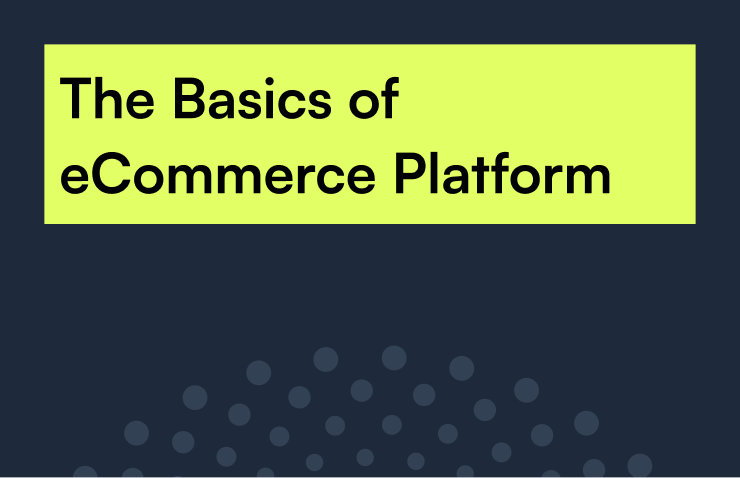Optimizing Ecommerce Operations
Forrester Research reports that by 2022, eCommerce customers shopping with a company outside their home country will account for 20% of all online spending, from the firm’s analysis on cross-border e-commerce. Additionally, 40% of global eCommerce shoppers will make cross-border purchases regularly.
With the global eCommerce revenue expected to reach $627 billion in 2022, Forrester analyst Michael O’Grady reports. Globalizing your eCommerce operations as a central part of your eCommerce roadmap can help your brand break into these lucrative markets and drive revenue. As your site wasn’t built in a day, neither will your global strategy and infrastructure. What are the considerations of expanding globally, and what should you know?
20% of all eCommerce will occur outside US by 2022 – Forrester
Site Speed, Traffic, and Load Times
Analytics blog Kissmetrics found that 40 percent of shoppers abandon a website that takes longer than three seconds to load. Reasons for diminished site speed and performance can range to not having a capable server to handle traffic, peak load, seasonal load and low-quality site architecture. When going global, your site will incur different seasonalities with international holidays, and traffic will flow to the site 24/7 through multiple time zones.
Ensuring that your server can scale to handle peak loads is crucial to preparing to launch a global expansion. With more customers on your site and additional holidays and seasonal buying, load capacity is crucial to no-border commerce expansion.
International Functionalities
An open-source platform is the top choice for many international retailers because of the customizable nature of these platforms. In addition to an extensive store of modules and extensions to enable international shipping and other global buying powers, Magento merchants can take advantage of features like:
- Multilingual Support
- Support for Worldwide Currencies
- Tax Rate Support
- Includes support for WEEE/DEEE in EU
- Localization
Is this here to stay?
“The ‘buy globally and sell globally’ paradigm of cross-border commerce will see significant change over the next five years, driven by e-commerce growth in Asia and the emergence of new e-commerce markets in Africa and the Middle East,” Forrest analyst Michael O’Grady wrote in his June 2017 report on the state of global eCommerce.
The benefits of integrating a global strategy before many other domestic competitors is gaining trust and brand recognition in new markets ahead of market saturation. With so many brands already operating and known in their respective countries, it takes a bit more effort to win customers. Magento merchants should consider working with a partner experienced in global eCommerce operations expansion to ensure site stability and functionality across borders.
Ready to get started? Let’s chat.



